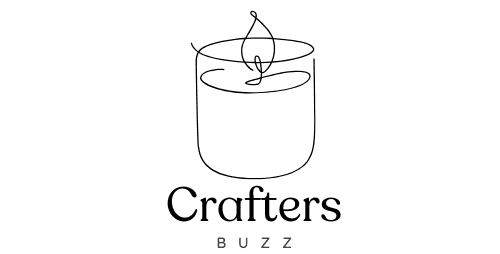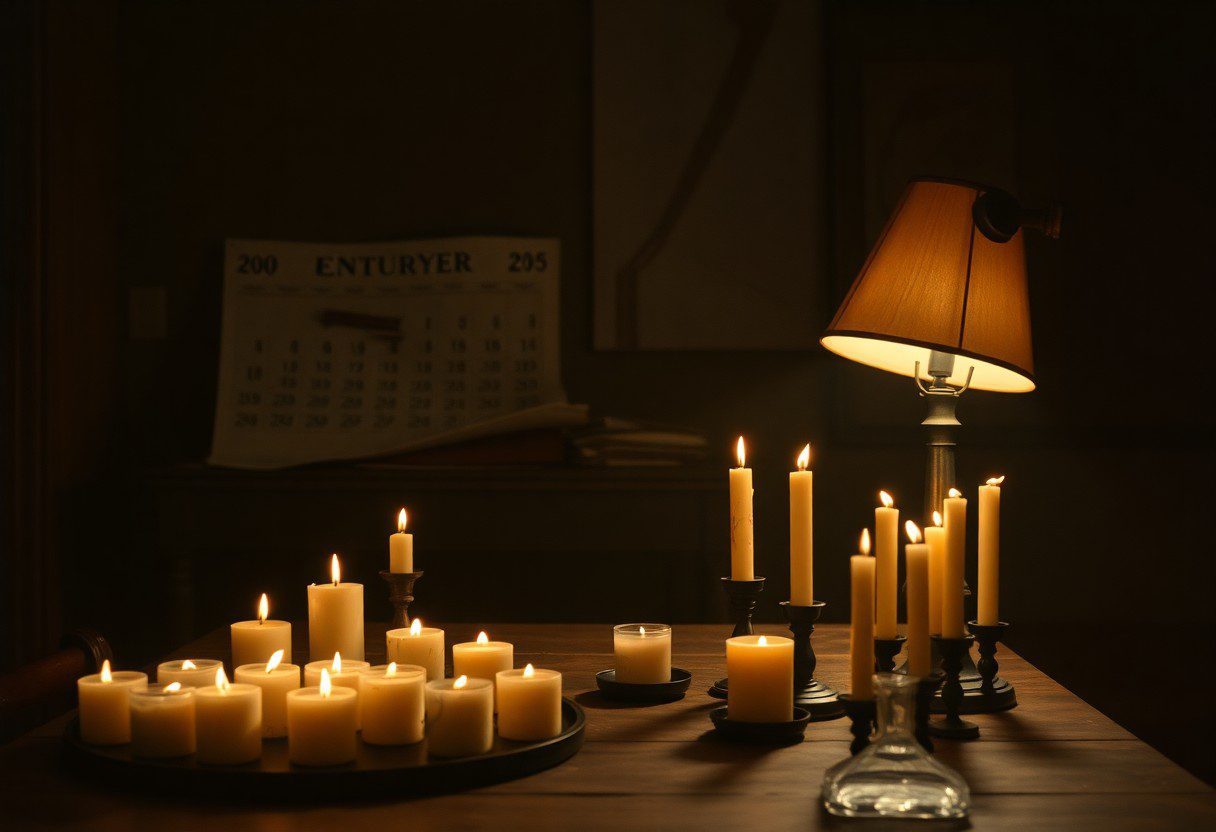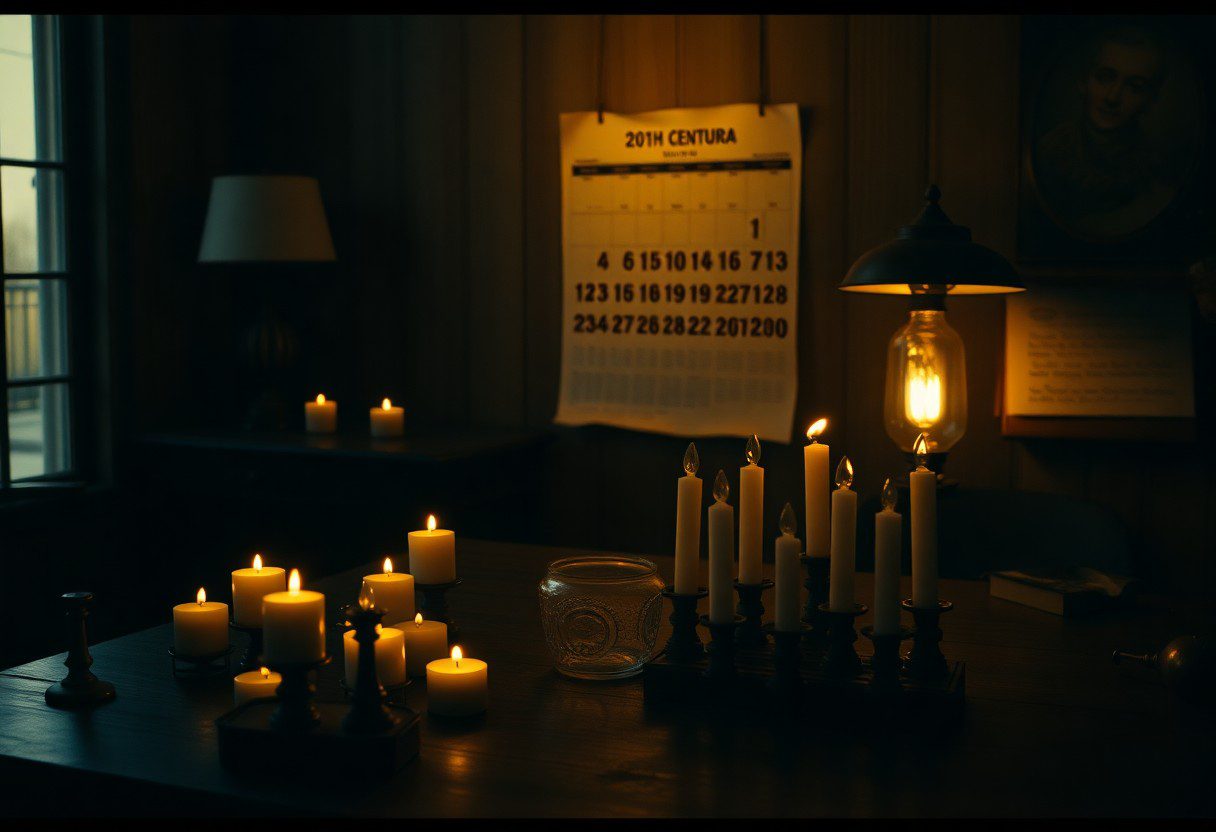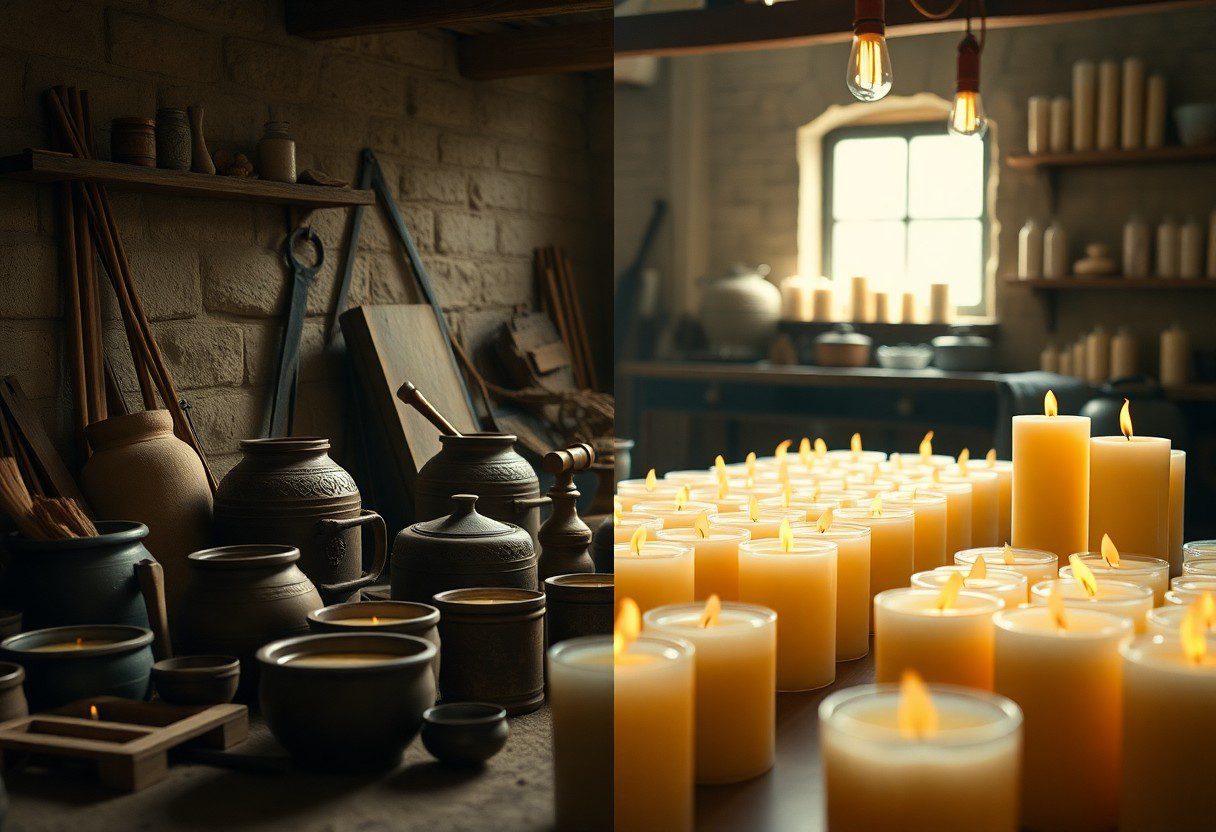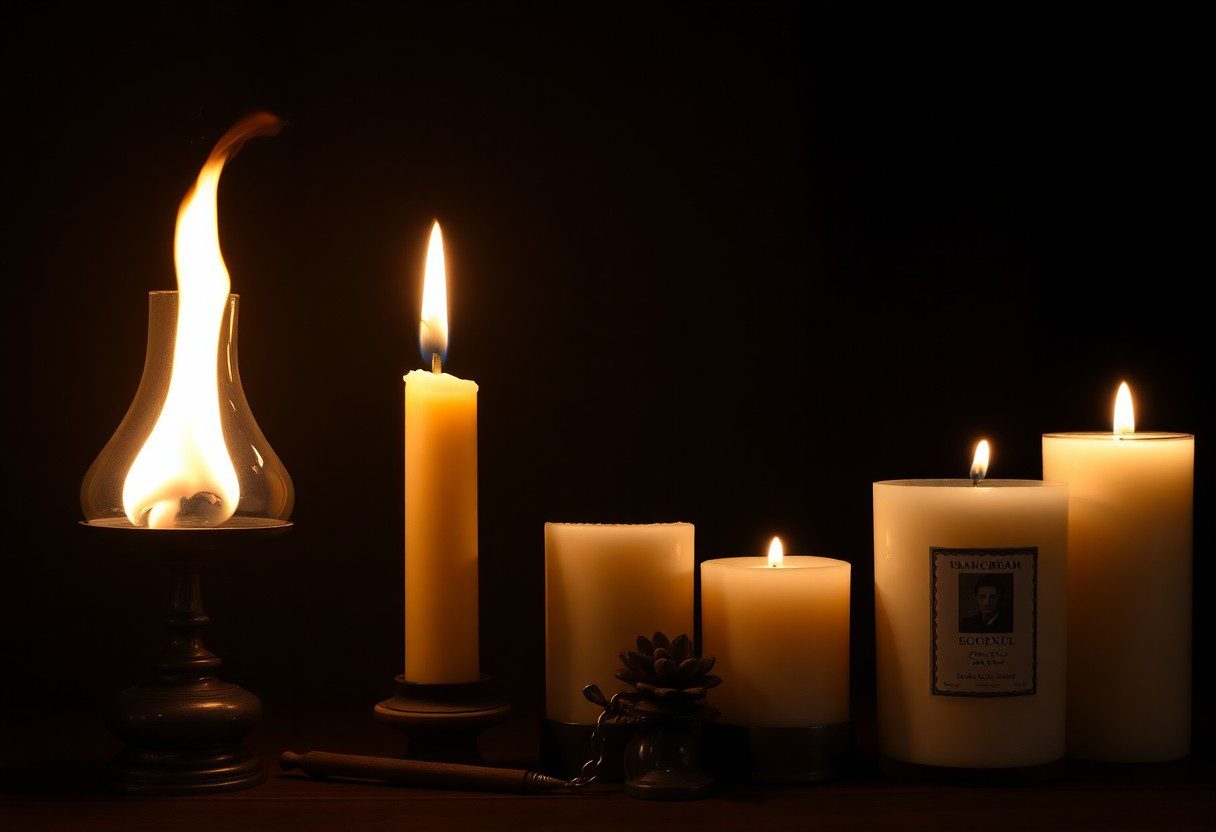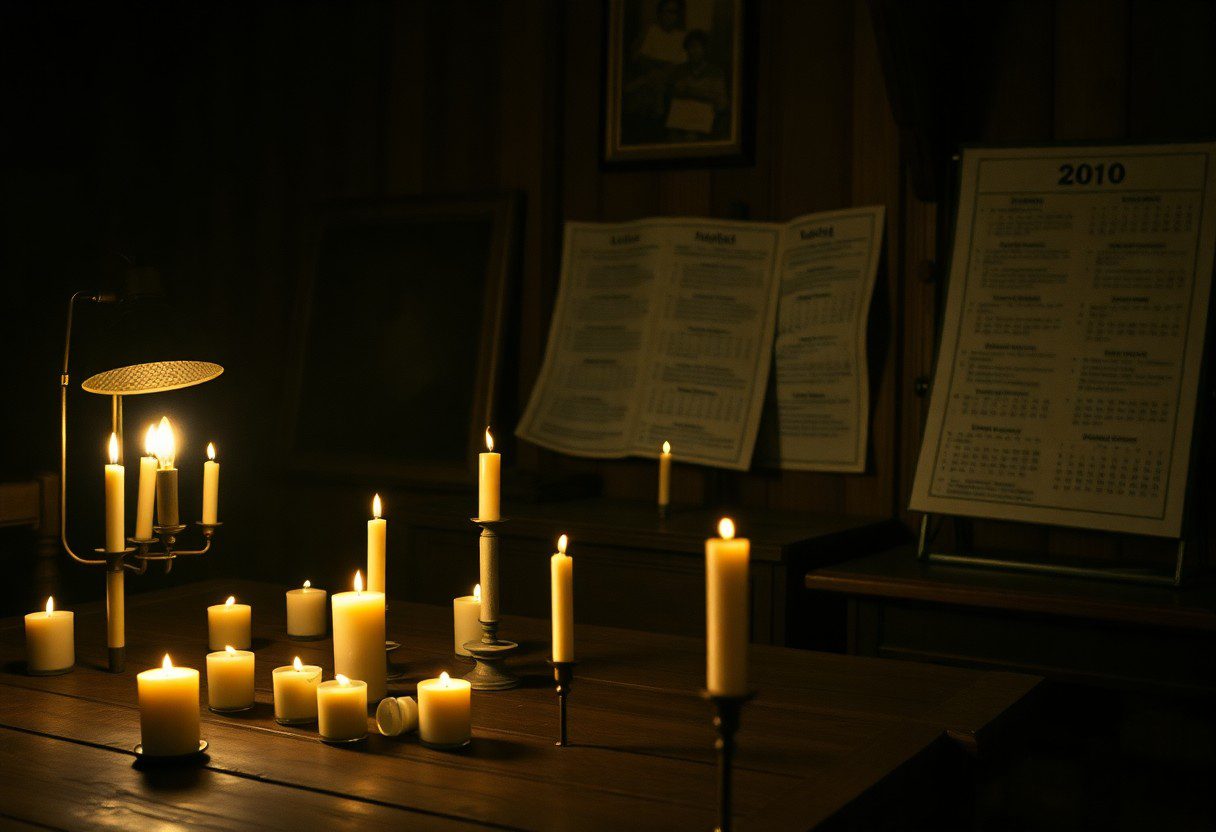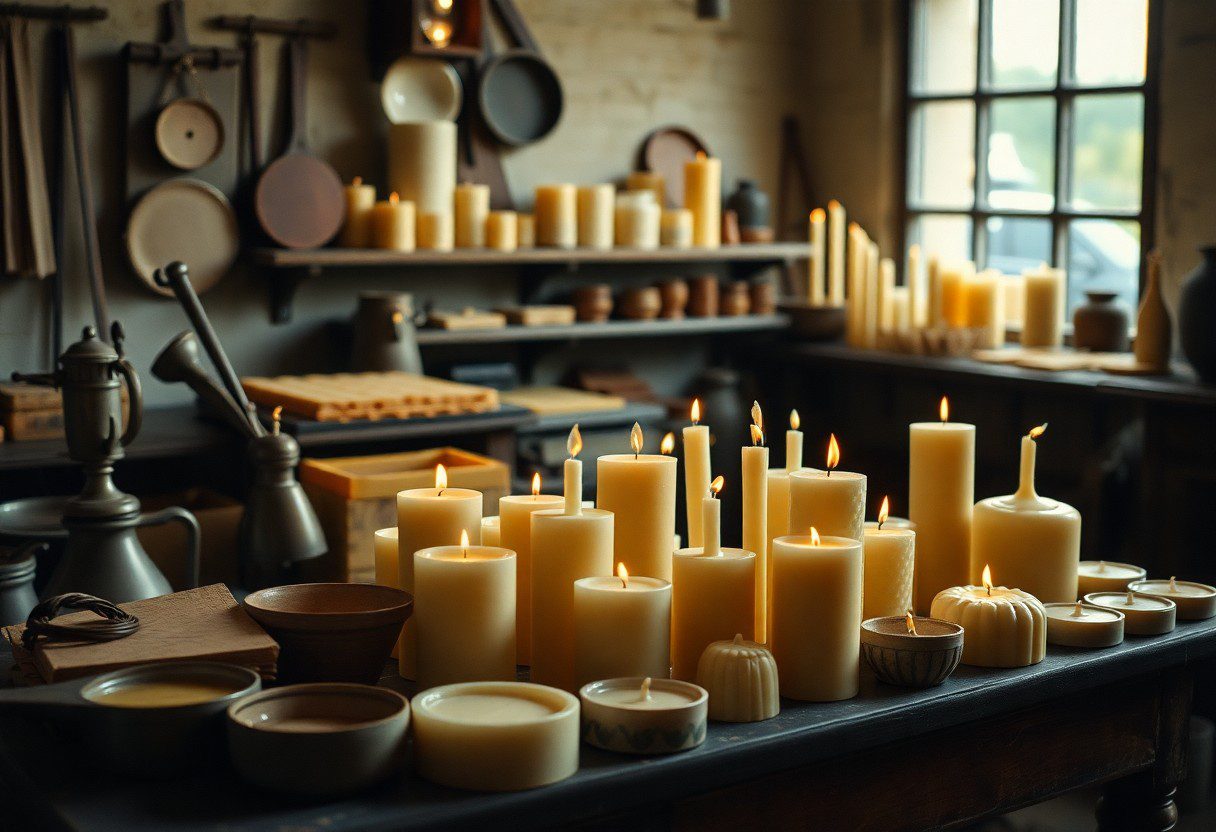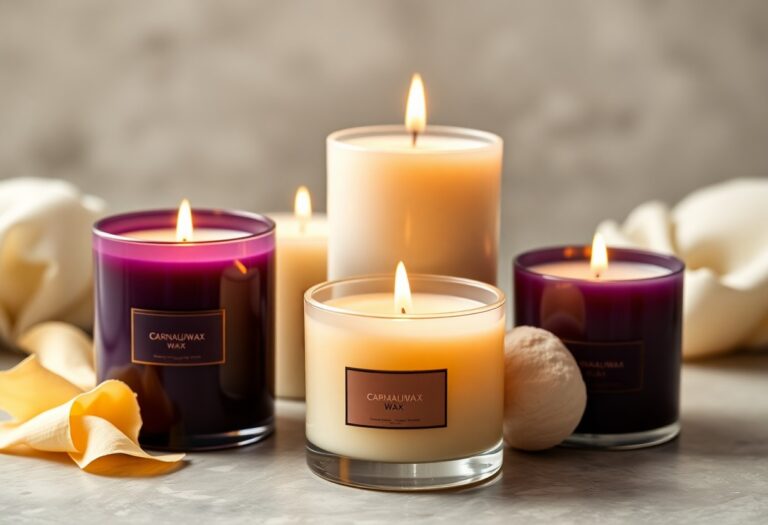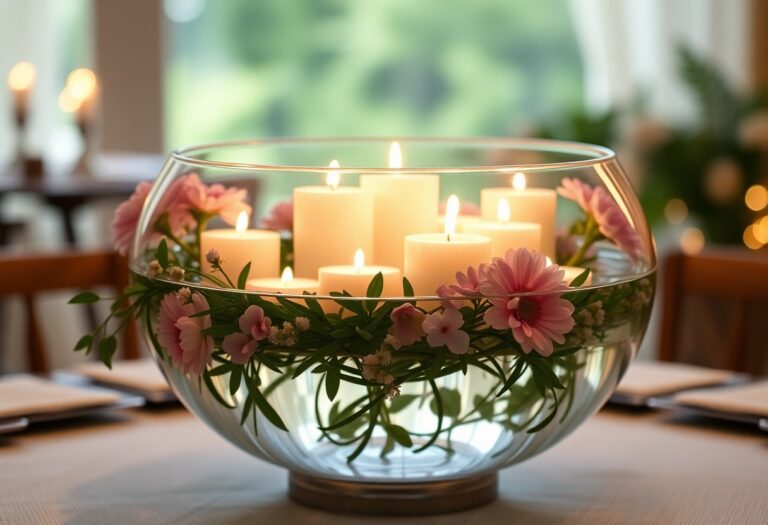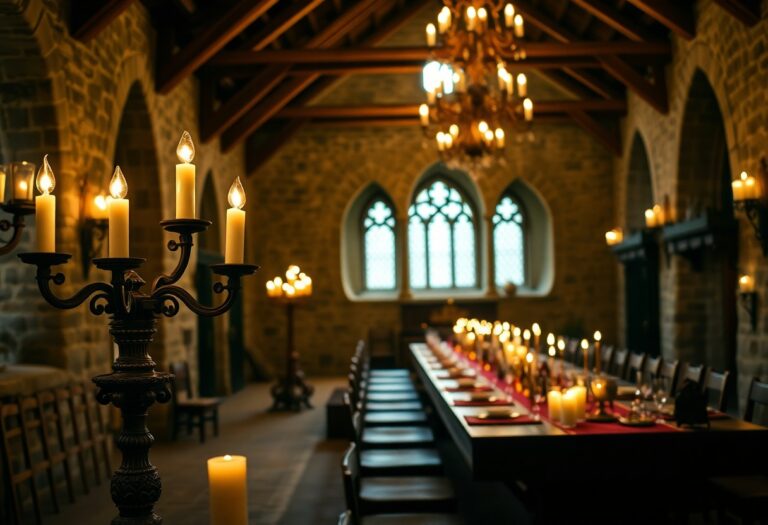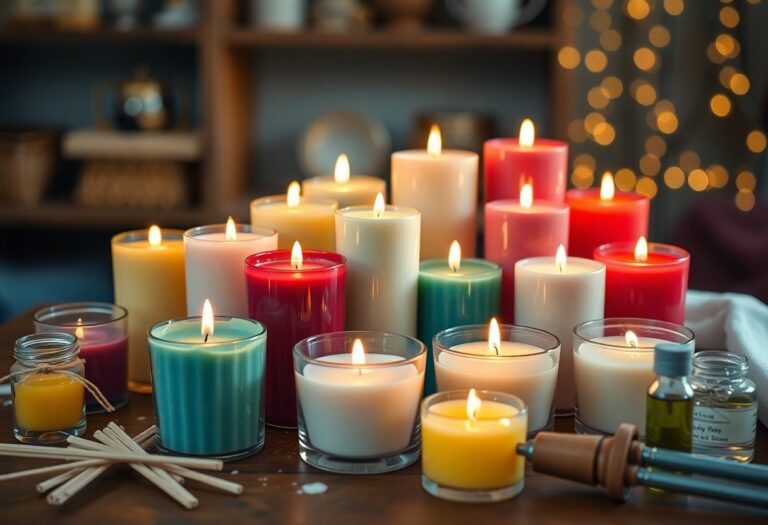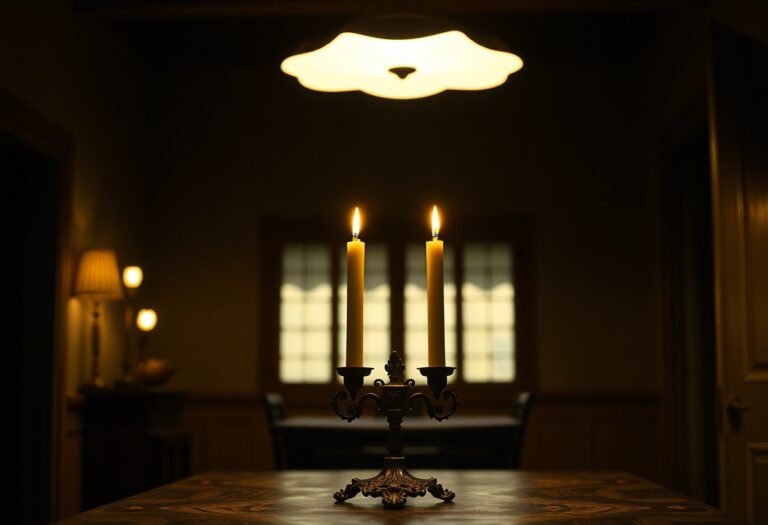A Flicker Of The Past – The Decline Of Candles In The 20th Century And Its Social Implications
With the advent of electricity and technological advancements in the 20th century, you may not realize how profoundly the decline of candles influenced your daily life and societal norms. Candles, once important for light and warmth, became relics of a bygone era, striking a balance between practicality and ambiance. Understanding this transition helps you appreciate not just the convenience modernity offers, but also the intangible connections to tradition and community that illuminated your past. Let’s explore how this shift has shaped your home and influenced cultural practices you might take for granted today.
The Role of Candles in Everyday Life
For centuries, candles served not just as a source of light, but as integral components of your daily life. They were often the focal point of gatherings and played a vital role in domestic settings, providing illumination and creating ambiance. Before the advent of electrical lighting, homeowners relied on candles to navigate the night, making them important in your routine. Even as technology advanced, candles retained their charm, often evoking a sense of warmth and comfort that artificial light could not replicate. Their influence can be seen in countless cultural practices and symbols found in households, reflecting your relationship with light and darkness.
Historical Significance
With the development of technologies like gas and electric lighting in the late 19th and early 20th centuries, the role of candles began to shift significantly. They were relegated to a secondary status, often seen as mere decorative items rather than necessity. However, their historical significance remains evident; candles were once the primary means of light across various civilizations and had far-reaching implications for your social and economic structures. The ability to control light through candles allowed extended productive hours and fostered socialization, shaping societal norms and practices that you might still recognize today.
Candles as Symbols of Ritual and Celebration
Symbols are potent instruments, and candles embody a myriad of rituals and celebrations that resonate through different cultures and beliefs. They signify various milestones in life, from the serene flicker in a religious service to the jubilant light atop a birthday cake. As a symbol of hope and renewal, candles often embody life’s transitions, marking significant occasions and instilling in you a sense of connection to the past and community. The act of lighting a candle can evoke emotions that transcend time, inviting introspection or communal joy during shared experiences.
For instance, at festivals such as Diwali or Hanukkah, candles play a pivotal role in your traditions, symbolizing the triumph of light over darkness and good over evil. These celebrations evoke deep feelings of unity and belonging, reminding you of your cultural heritage. Even during somber occasions like funerals, candles serve as a tribute to lost loved ones, manifesting your grief and the enduring connection to those who have passed. Their presence underscores how candles not only brighten spaces but also illuminate your human experience, encapsulating your values and emotions.
Technological Advances and the Advent of Electric Lighting
Now, the dawn of the 20th century heralded a significant shift in how society illuminated its spaces. As electric lighting became more accessible, households began to replace candles with electric bulbs, resulting in a profound transformation of daily life. You may find it interesting to consider how this shift not only changed the dynamics of home lighting but also influenced various social movements. For example, candles have historically been associated with moments of collective unity and remembrance, as highlighted in articles about The Powerful Relationship Between Candles and Protests. These moments of solidarity were gradually overshadowed by the bright, artificial glow of electric lights, which symbolized progress and modernity.
The Rise of Electricity
After the wider implementation of electricity in urban areas, your daily routines transformed significantly. Candle usage became more of an aesthetic choice or a nostalgic luxury rather than a necessity for illumination. With the flick of a switch, homes were filled with steady, bright light, leading to safer environments and extended hours for social activities. This technological breakthrough also aligned with the rapid industrialization of the era, enabling commercial and residential spaces to thrive under the reliability of electric power.
Impact on Candle Production and Consumption
Rise in electric lighting led to a dramatic alteration in the landscape of candle production and consumption. You may notice that the demand for candles plummeted as households and businesses opted for more convenient lighting solutions. This shift forced manufacturers to reconsider their strategies, leading to a decline in the variety of candles available on the market. Production methods grew less artisanal and more commercialized; however, high-quality candles made from natural materials still found their niche. While the production of candles for practical purposes decreased, the allure of candles as decorative items began to rise, paving the way for rebirth in different markets.
Production techniques also began to evolve in response to these changes. As fewer households relied on candles for illumination, makers increasingly focused on creating decorative and scented candles that appeal to the modern consumer. The evolution in your purchasing habits highlights a shift from practicality to personal expression, where candles are now more associated with ambiance and experience than mere functionality. While some manufacturers struggled to adapt, others embraced this challenge and successfully carved out a place for their products in your lifestyle, creating candles that enhance your environment with scent and beauty.
Economic Factors Influencing Candle Usage
There’s no denying that the candle industry has been shaped by various economic factors over the years. Your decision to purchase candles can be influenced by several elements including cost, market dynamics, and changing consumer preferences. Understanding these factors may help you appreciate why the usage of candles has declined throughout the 20th century. Here are a few economic influences to consider:
- Manufacturing Advances
- Energy Costs
- Shift in Household Incomes
- Market Alternatives
Any analysis of candle usage must probe into cost comparisons that have evolved over the decades. The price of candles, once a staple, is now assessed against an array of modern conveniences, ultimately leading to a decline in consumer choice.
Cost Comparisons
The following table illustrates how the price of traditional candles compares with alternative sources of light and ambiance.
| Item | Average Cost (Inflation Adjusted) |
|---|---|
| Candles | $2.50 |
| Incandescent Bulbs | $1.00 |
| LED Bulbs | $8.00 |
| Smart Lighting | $15.00 |
The shift towards more economical lighting solutions greatly affects candle sales, as consumers increasingly opt for options that offer longevity and efficiency. Across this landscape, you’re likely to notice that candles are now viewed more as decorative items than utilitarian ones. Economic recessions can lead to your prioritization of important expenses, which may further promote the decline of candle purchases. As consumer preferences evolve, so does the market for candles, requiring manufacturers to adapt.
Market Shifts and Consumer Preferences
Across recent decades, you may have noticed a significant transformation in consumer habits and preferences affecting the candle market. As disposable incomes began fluctuating, the candles you once used for everyday lighting became luxuries instead of necessities. You may find that rising costs and improved alternatives encourage you to rethink the roles candles play in your life, leading you to use them primarily for ambiance during special occasions.
Further emphasizing these trends, the rise of high-tech lighting solutions and sustainable products has changed how you perceive the function of candles in your home. Current consumers often seek eco-friendly alternatives, which can be a double-edged sword for traditional candle makers. While this opens up opportunities for innovation and eco-conscious designs, the shift also poses challenges for those producers who uphold traditional methods. It is indeed an intriguing interplay of economics and personal preferences that has defined the candle market in contemporary society.
Cultural Implications of Candle Decline
Many aspects of culture and daily life were deeply intertwined with the use of candles. Over centuries, they were not only sources of light but also integral to various rituals, festivities, and traditions. This pivot away from candles can be linked to broader social changes, including the rise of electricity and artificial lighting that transformed domestic environments. The historical significance of candles can be explored further through a comprehensive History overview that reveals how their decline impacted collective cultural practices across generations.
Loss of Traditional Practices
On many fronts, you might notice a void left by the decline of candles and their associated traditions. Rituals that once involved lighting candles for prayer or during significant life events, such as weddings and birthdays, have shifted to more modern, less personal substitutes. In this regard, you may find that experiences which once fostered community connections and a sense of shared upbringing have diminished, creating a gap in cultural continuity.
Change in Social Interactions
Against this backdrop of technological advancement, your social interactions have also evolved. Candlelit dinners that once served as intimate experiences have been largely replaced by fluorescent lighting and quick meals, contributing to more hurried engagements that lack depth. The atmosphere created by flickering candlelight fostered a sense of warmth and connection; however, its absence may lead to feelings of isolation and disengagement among peers.
Understanding the changes in your social landscape, it becomes clear that the ease of modern living comes with its drawbacks. The shift away from candlelight has not only altered the ambiance of your interactions but also affected the emotional depth of these experiences. You may find that engaging with candlelight—whether through a simple dinner or a gathering—can rekindle those lost connections and create a more profound sense of belonging, reminiscent of simpler, more connected times.
Psychological Aspects of Candle Use
Candles and Mood Enhancement
Keep in mind that candles have long been associated with enhancing mood and creating a sense of tranquility within your space. The gentle flicker of a flame can evoke feelings of warmth and safety, making it an ideal companion for relaxation or introspection. When you light a candle, you may find that the combination of soft light and subtle fragrance encourages a calm environment, aiding your ability to unwind after a long day. Incorporating candles into your daily routine can serve as a simple yet effective way to elevate your mood and promote mindfulness.
The Romanticization of Candlelight
For many, the concept of candlelight transcends mere illumination, encapsulating a sense of intimacy and connection. When you think of a romantic dinner, it’s often the soft glow of candlelight that sets the mood, creating an atmosphere where you can truly connect with your partner. This romanticization of candlelight activates memories and desires in you—about love, warmth, and personal bonds—that often feel more profound under the tender flicker of a candle flame.
Candlelight has a unique way of transforming ordinary moments into something special. The soft, dancing light can make any space feel more inviting, encouraging you to engage in shared experiences and create lasting memories with those around you. It’s not just about lighting; it’s about weaving together the elements of experience and connection, giving rise to not just a favorable ambiance but also a sense of emotional safety that can spark deeper conversations and moments of vulnerability.
The Niche Market and Resurgence of Candles
All around the world, you may have noticed a resurgence in the popularity of candles, often characterized by a move towards eco-friendly and artisanal trends. In today’s conscious consumer environment, many people are seeking alternatives to mass-produced products that can harm the environment. The rise in popularity of candles made from natural materials like soy wax, beeswax, and important oils has created a niche market for lovers of sustainable living. This shift towards craftsmanship is a response to the growing demand for products that not only light up your space but also evoke a sense of connection to nature and community.
Eco-Friendly and Artisanal Trends
The appeal of eco-friendly candles lies in their ability to provide a warm ambiance while being kinder to the planet. Brands that focus on sustainability often highlight their use of ingredients like organic waxes and phthalate-free fragrances, ensuring that your choice contributes positively to the environment. As you explore your options, you’ll find that these artisanal candles frequently feature unique blends and stylish packaging, making them not just another addition to your décor but a statement piece that reflects your values.
Candles as Luxury Items
Market research reveals a growing trend in the luxury segment of candles that cater to more affluent consumers. The evolution of candles from simple light sources to coveted luxury items illustrates a significant shift in perception. These luxury candles are often presented in exquisite packaging and feature premium scents, making them a popular choice for gifts or a personal indulgence. As you explore these high-end offerings, you might find that brands go to great lengths to create unique fragrances that evoke specific moods or memories, making them more than mere home accessories.
In fact, the luxury candle market increasingly emphasizes exclusivity and experience over functionality. Many high-end brands collaborate with renowned designers or artists to create stunning visual aesthetics, ensuring that each candle is as much an art piece as it is a practical item. This focus on design, combined with the use of lesser-known, refined materials, raises the price point significantly. Your interest in these luxurious candles does not just elevate your space, but also aligns you with a lifestyle that values creativity and quality, making your candle of choice a true reflection of your personal brand.
Final Words
Now that you have explored the decline of candles in the 20th century, you can see how technological advancements and shifts in lifestyle transformed social practices. As electricity and modern lighting became more accessible, the candle’s role evolved from a vital light source to a decorative item used mainly for ambiance or special occasions. This shift not only reflects changes in domestic life but also influences contemporary social interactions, as you may notice candles being utilized in rituals of relaxation or celebration rather than necessity.
In acknowledging the historical significance of candles, you can appreciate their enduring presence in your life, despite the advancements in lighting technology. While their practical use has diminished, candles still hold symbolic value in many cultures, providing warmth, comfort, and a sense of nostalgia. Understanding this history enables you to recognize the social implications of such transitions, allowing you to engage with these objects in your own way, whether for aesthetic pleasure or emotional resonance.
FAQ
Q: What were the primary factors that led to the decline of candle use in the 20th century?
A: Several factors contributed to the decline of candles during the 20th century. The advent of electricity revolutionized home lighting, providing a brighter and more convenient alternative to candles. Innovations such as the incandescent bulb not only offered superior illumination but also became widely accessible and affordable for the average household. Additionally, the rise of new technology in transportation and communication reduced the reliance on candles for social gatherings and celebrations, further shifting public preferences towards electric lighting. As a result, candles transitioned from a daily necessity to a decorative item primarily used in specific occasions.
Q: How did the shift from candles to electric lighting affect social practices?
A: The transition from candles to electric lighting significantly altered social practices and rituals associated with lighting. Previously, candles played an integral role in various ceremonies and celebrations, from religious observances to family gatherings. With the introduction of electric lights, many of these traditions evolved; for instance, the glow of candlelight during dinner was often replaced by the brighter and more efficient light of bulbs. This shift not only changed the ambiance of social events but also influenced cultural perceptions of warmth and intimacy, as well as the aesthetics of home decoration.
Q: In what ways has candle use experienced a resurgence in contemporary society?
A: In recent years, there has been a notable resurgence in candle use, driven by a renewed appreciation for aesthetics and ambiance. Many individuals turn to candles for their therapeutic benefits, using them in relaxation practices like yoga and meditation. The rise of artisanal and scented candles has transformed them into sought-after decor items that enhance the atmosphere of living spaces. Additionally, eco-conscious consumers are now seeking natural wax candles, which are marketed as safer and more environmentally friendly options than traditional paraffin candles. This revival reflects a broader societal trend towards mindfulness, sustainability, and the prioritization of sensory experiences in everyday life.
